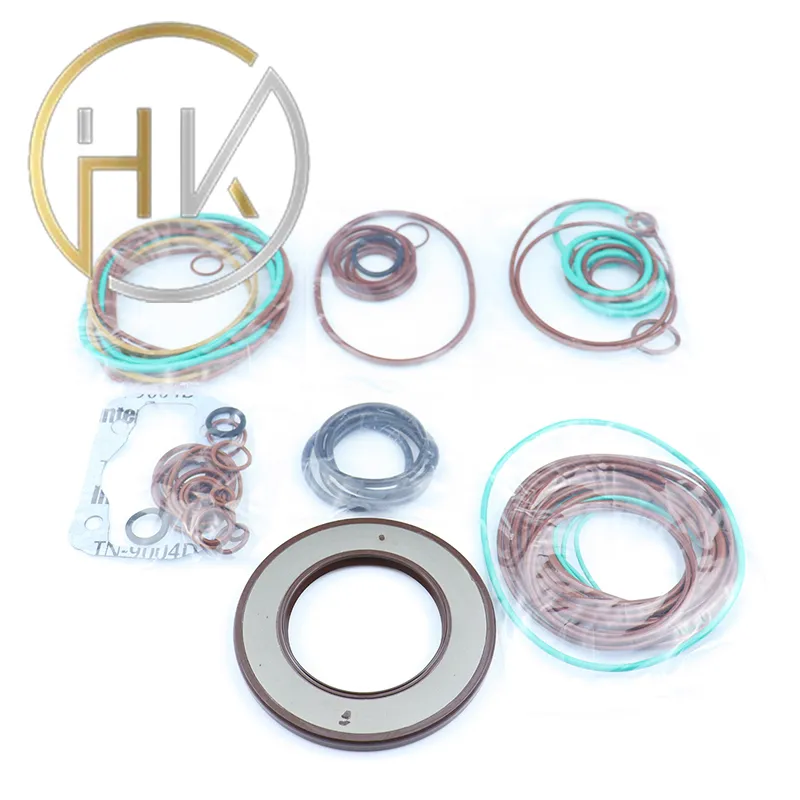Sep . 06, 2024 08:05 Back to list
High-Quality Rubber Seal Kits for Ultimate Protection
Understanding Rubber Seal Kits Essential Components for Effective Sealing Solutions
Rubber seal kits are indispensable components in various industries, playing a crucial role in ensuring that equipment and machinery operate efficiently and without fluid leaks. These seal kits come equipped with different seals and O-rings made specifically from rubber materials that provide excellent durability, flexibility, and resistance to harsh environments, making them vital for maintaining the integrity of machinery.
One of the primary functions of a rubber seal kit is to prevent the escape of fluids, such as oil, water, or air, from within a system. This is particularly important in hydraulic and pneumatic systems, where seals help maintain pressure and prevent the catastrophic failure of components. A well-functioning seal kit ensures that machinery operates smoothly, reducing the risk of leaks that can lead to costly repairs or downtime.
A typical rubber seal kit usually contains a variety of sizes and types of seals, tailored to fit specific applications
. These seals can range from simple O-rings to complex shaped seals that cater to different operational needs. The materials used in these seals can vary, but they are often made from elastomers such as Nitrile, EPDM, or Silicone, depending on the environmental conditions they will face. For instance, Nitrile rubber is commonly used in oil-sealing applications because of its excellent resistance to petroleum-based fluids.rubber seal kit

When selecting a rubber seal kit, it is essential to consider the operational parameters of the equipment in which it will be used. Factors such as temperature, pressure, and the types of fluids being sealed are critical in determining the most suitable material and design for the seals. Additionally, it's important to choose a seal kit that meets OEM (Original Equipment Manufacturer) specifications to ensure compatibility and optimal performance.
Regular maintenance and timely replacement of seal kits are key to prolonging the lifespan of machinery. Over time, seals can wear out, crack, or become rigid due to factors like extreme temperatures or chemical exposure. This degradation can lead to leaks and system failures, which are not only inconvenient but can also pose safety hazards. Thus, keeping an eye on the condition of rubber seal kits and replacing them as needed will help maintain operational efficiency and prevent unexpected downtime.
In conclusion, rubber seal kits are a critical component for a vast array of industrial applications. They provide the essential sealing solutions necessary for safeguarding systems against leaks and ensuring smooth operation. When choosing the right rubber seal kit, it’s vital to consider both the specific application and the materials used to ensure high performance and reliability. Regular inspection and maintenance of these kits will ultimately contribute to the longevity and efficiency of equipment, minimizing costs and enhancing productivity. Whether in automotive, manufacturing, or hydraulic systems, understanding the importance of rubber seal kits is essential for anyone involved in machinery maintenance or operation.
-
Wiper Oil Seal: Our Commitment to Clean Hydraulics
NewsAug.13,2025
-
Hydraulic Oil Seal for Self Discharging Cars
NewsAug.13,2025
-
Hub Oil Seal for Agricultural Tractor Hubs
NewsAug.13,2025
-
Skeleton Oil Seal with NBR Material
NewsAug.13,2025
-
Rotary Lip Seal for High Pressure Applications
NewsAug.13,2025
-
Cylinder Seal Kits Our Legacy of Hydraulic Trust
NewsAug.13,2025
-
Unlocking the Potential of Hydraulic Systems with Essential Sealing Solutions
NewsAug.06,2025
Products categories
















